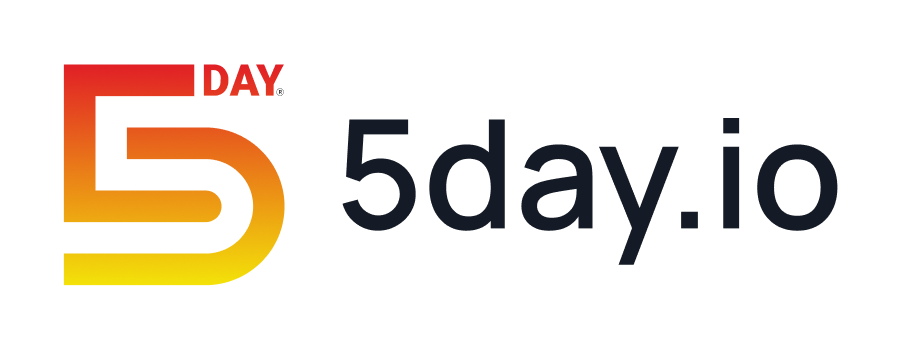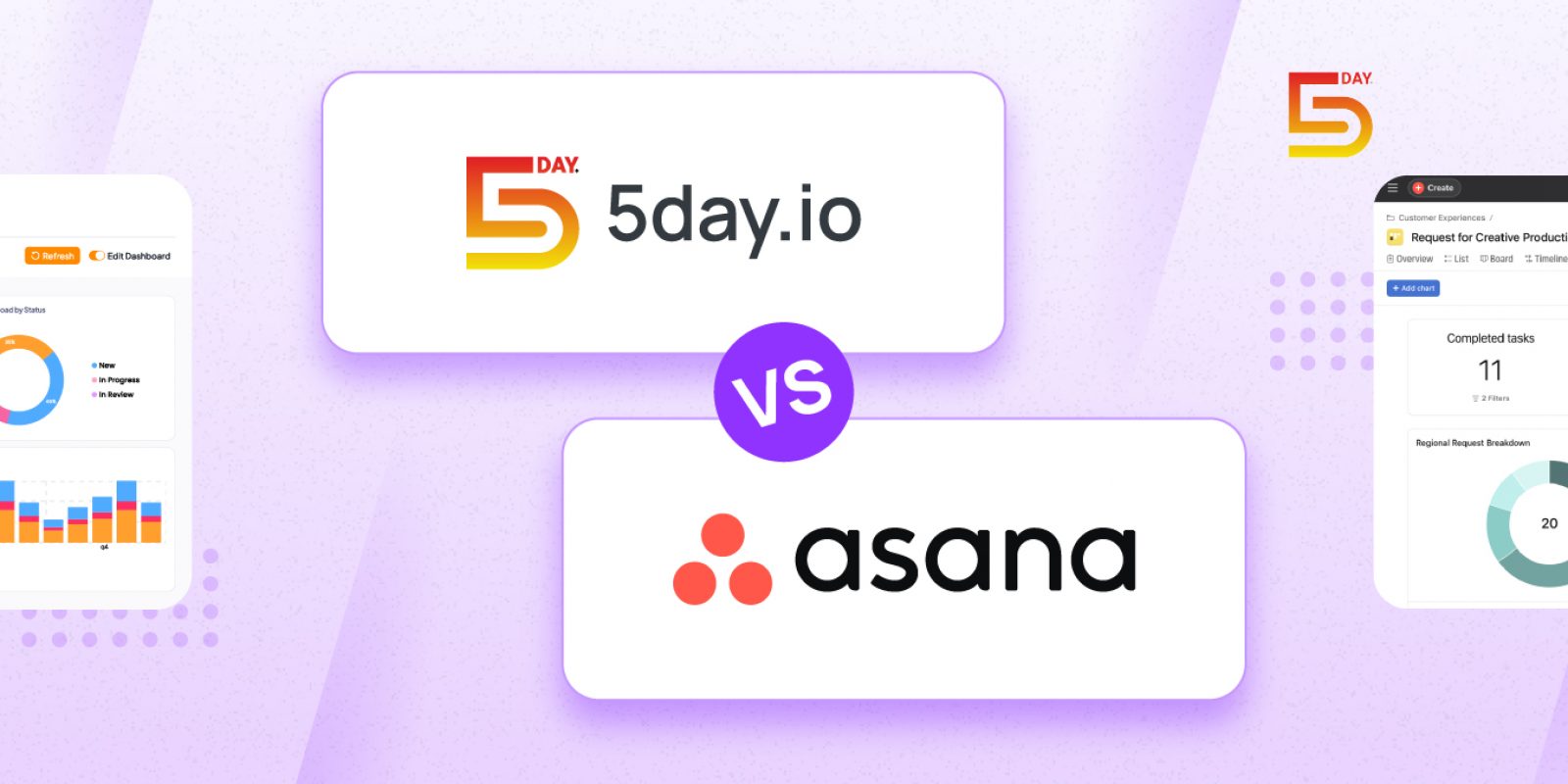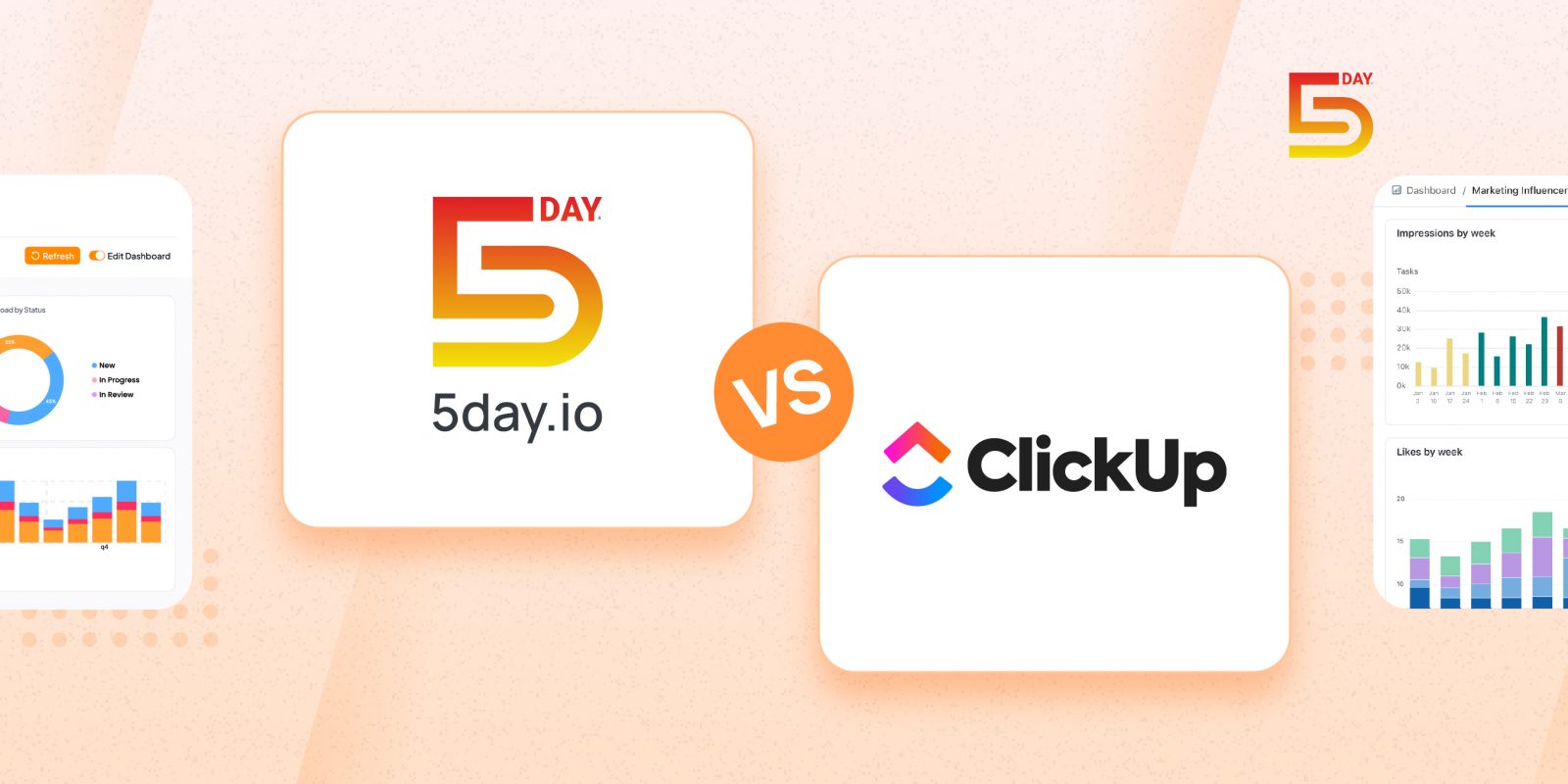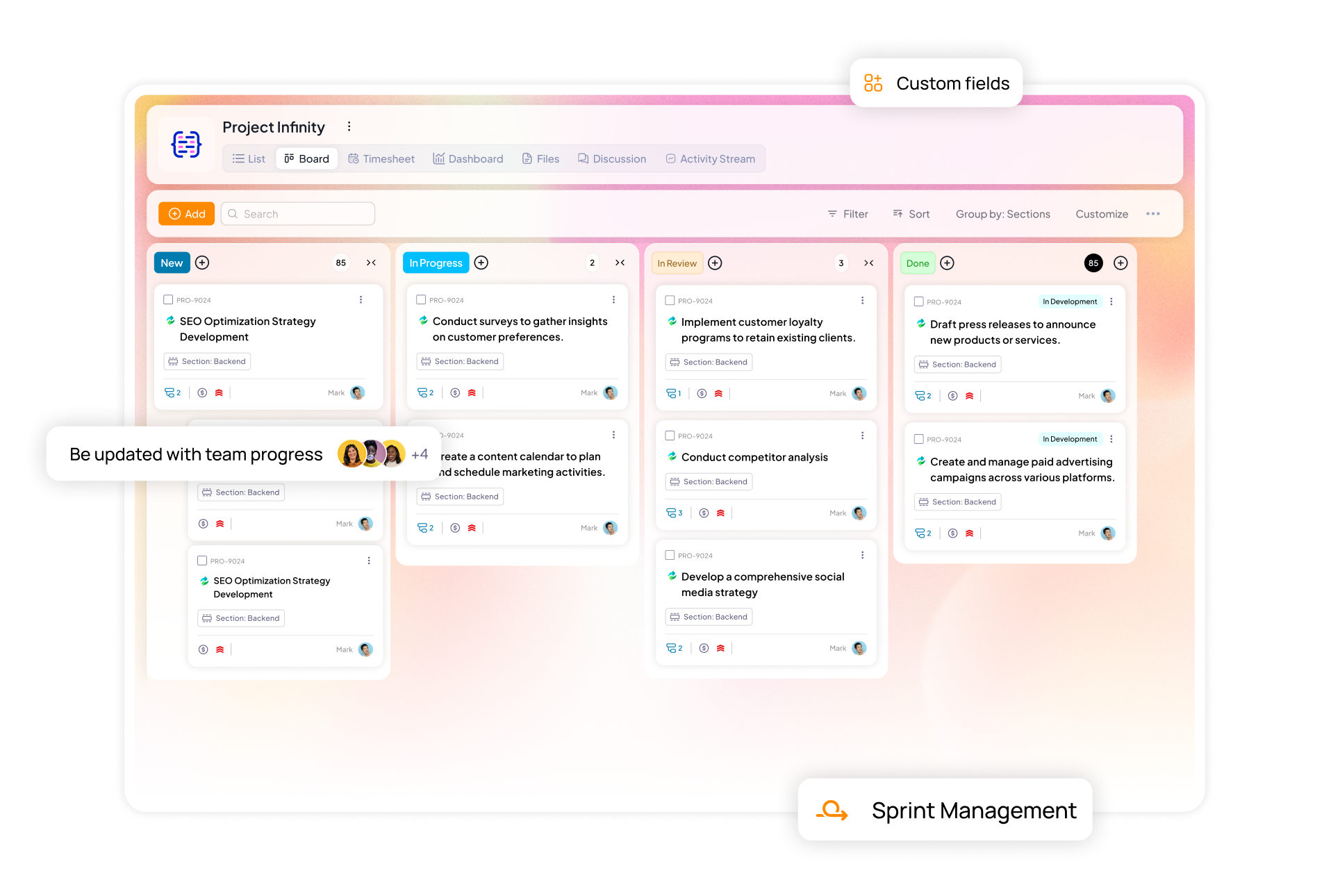Agility is about creating a solid foundation, less friction, and more focus. Often, teams start strong with Agile but struggle to maintain momentum.
About 71% of those who adopted agile feel that it improved the overall project delivery, according to a KPMG survey. Yet, only a few companies can boast of being truly Agile. That’s where Agile project management best practices can turn your team’s productivity around.
With the right approach, Agile can boost team collaboration, improve delivery speed, and reduce chaos. But the truth is, most teams end up stuck in a cycle of meetings that feel busy but not productive. Even with Agile decisions, it can feel like nothing is moving forward.
This article covers effectives Agile best practices to help your team work with less friction and more flow.
Benefits of implementing Agile best practices
The lack of necessary practices unhinges even the most well-intentioned Agile teams. As a result, they often face issues like missed deadlines, and poor team collaboration. Further, this leads to slower delivery, and a process that feels Agile in name only.
The right use of Agile methodology best practices will help:
- Fast implementation of solutions
- Higher customer and stakeholder satisfaction
- Improved collaboration and coordination
- Better and quicker risk identification
- Enhanced transparency and adaptability
Now that you know the impact the Agile project best practices can have, let’s break it down further. Next, you’ll find two popular Agile techniques, Scrum and Kanban, with specific practices that help teams get the most out of each one.
Agile Best Practices – Scrum Project Management
Scrum is best for applying structure to your project with short sprints and regular touchpoints. But it only brings desired results when paired with right practices. It’s time to explore these specific practices to elevate Scrum project management, offering sharp focus.
Create a collaborative space
Build a space where product backlog and product vision are co-created by the development team and stakeholders. This is to let everyone see the work in progress and communicate in real time.
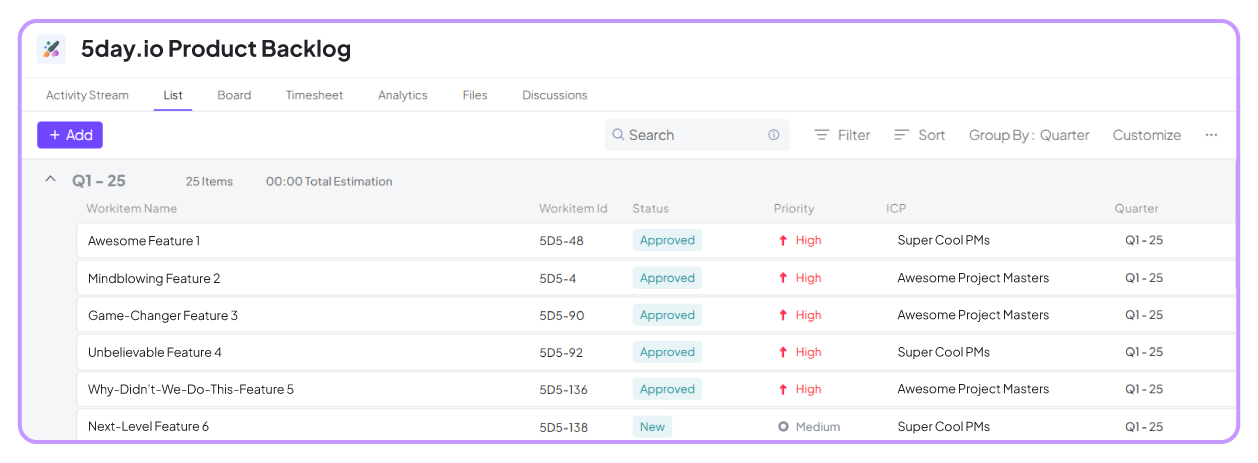
Use digital tools like Kanban boards and List view or backlogs and charts. 5day.io makes it really easy to create visibility. You can see everything from user stories to velocity charts at a glance.
Pro Tip: If your team operates remotely, create a shared space in tools like Slack/Microsoft Teams and regularly update a digital board. It helps every remote member stay in sync, not matter where they are working from.
Organize daily stand-up meetings
Stand-up meetings are sync-up calls where team members discuss what they did yesterday, what they’ll do today, and any issues they faced.
Here are a few points to make the most out of your daily stand-ups.
- Keep it brief and focused (ideally ≤15 min)
- Arrange meetings at the same time/place so attendance is reliable
- Encourage full team participation with no multitasking or early exits
- Use a consistent format for discussion
- Think of asynchronous stand-ups (using tools like Slack) for remote teams
Track spring progress with a daily burndown chart
Tracking progress with a burndown chart gives instant insight into whether the sprint is on track. A burndown chart plots remaining work against time, clearly showing if you’re behind schedule or scope is growing.
Teams that review burndowns daily can catch issues early. Here are some practices to apply:
- Make the burndown chart accessible to everyone so they can follow daily progress
- Refresh it each day (typically during stand-up)
- Outdated charts lose value
- Use project management tools or plugins to auto-update the burndown as tasks move
- Avoid the blame game and drive the conversation with questions like “Why did we fall behind?”
Set communication rules
Create a clear guideline for communication among teams. Establish when and how to communicate, and always tag relevant people on decisions. Define meeting norms, for instance, limit meeting lengths, have agendas, and rotate who facilitates stand-ups or retrospectives.
Such basic rules reduce confusion and help the team collaborate smoothly.
Agile Best practices – Kanban Project Management
Kanban Agile project management method helps teams to identify roadblocks and to visualize work that’s getting done, using a visual approach. Let’s find out about Agile project management best practices and methodologies for efficient Kanban use.
Visualizing the workflow
Kanban’s first rule is “you’ve got to see it to manage it”. Create a Kanban board (physical or digital) with separate columns that mirror your workflow.
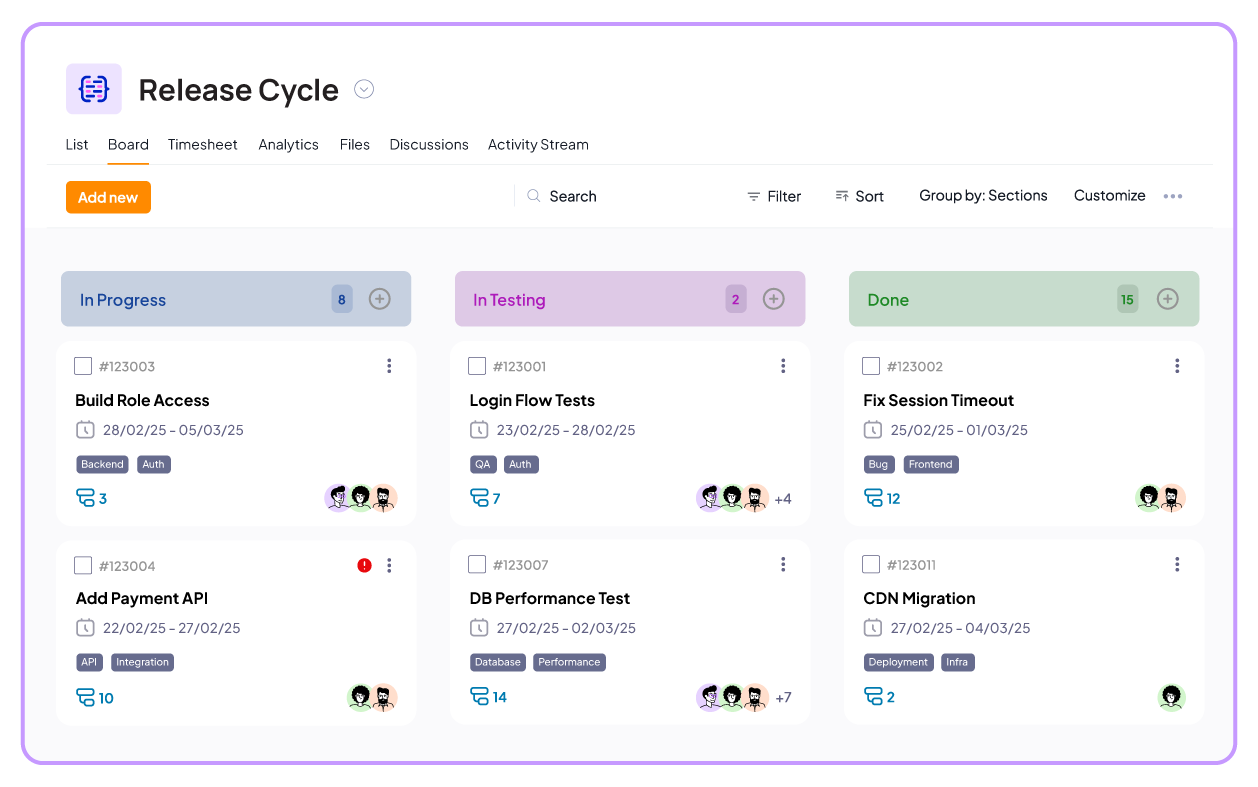
Each work item (user story, task, bug) is a card that moves across columns. This live board gives everyone a clear, at-a-glance overview of all work. The key here is to make the board a single source of truth.
Here’s what you can do to visualize the workflow.
- Single item should have only one card (cards will be moved on the board as the work is done)
- With cards visible, everyone instantly sees progress and any bottlenecks
- Use digital tools that show the board to all
Tools like 5day.io offer Sprint Management to help Agile teams track every work item, subtask, and sprint visually. It means no task goes unnoticed or forgotten.
Limit work in progress (WIP)
Set explicit WIP limits on columns (or the entire workflow) so the team only works on a few items at once. This prevents context-switching and half-finished clutter. Limiting WIP has proven benefits as it speeds up task completion, reducing both lead and cycle times.
Make process policies explicit
Write down your process rules for everyone involved. Define and document the policies so each member knows how to work. This includes roles and responsibilities (who does what), definition of “Done” for tasks, entry/exit criteria for columns, and any conventions.
Pro Tip: Whenever you tweak the process (e.g., change a workflow step), update the documentation so no one is surprised. Transparency is key, so make sure to document and share your process.
Create feedback loops
Feedback is not optional in Agile, it’s something built-in. Kanban teams should establish regular feedback points. This could be a brief Kanban review (similar to a demo) to show completed work, or a retrospective to analyze the process.
Pro Tip: Gather external feedback and show work to stakeholders whenever possible with user testing sessions or beta releases to validate direction. The insights gained help you set clear priorities, policies, and practices each cycle.
Improve collaboratively
Use the data and feedback from above to identify opportunities and implement changes as a team. Encourage everyone to contribute ideas. Maybe a junior dev might notice a testing bottleneck or a QA might suggest a new review step.
Then, experiment together to make a small change, observe the effect, and repeat. Share lessons across the organization when a good practice comes up. These incremental, collaborative changes will boost the team’s efficiency and morale.
Common best practices for Agile project management
Apart from Scrum and Kanban, there are many project management frameworks and methodologies like the Scaled Agile Framework (SAFe). So, here are some common best practices in agile project management to make teams more productive.
Specify Clear Objectives and Goals
Start by defining a clear product vision or release goal, then break that down into iteration/sprint goals and stories. Make goals SMART (Specific, Measurable, Achievable, Relevant, Time-bound) so progress is trackable. Tie each backlog item to a user need or business objective.
Construct Cross-Functional Teams
Agile teams must have all the skills needed to deliver working increments. In Scrum, this means the developers collectively cover coding, testing, design, etc. within the team.
Don’t rely on separate QA or Ops silos in the middle of a sprint. For example, a Scrum team might include frontend and backend engineers, a QA tester, and a designer, so they can release end-to-end features without handoffs. Keeping teams small (5–9 people) helps them communicate and adapt faster.
Pro Tip: Encourage cross-training and pair programming to enhance flexibility. Remember, a self-managing, cross-functional team can respond to change much faster and owns its work from start to finish.
Start iterative development
Choose to deliver value in small increments, not one big release. Whether using Scrum or Kanban, aim for short cycles (e.g., 1–4 weeks sprints). After each iteration, produce a potentially shippable increment of software. Do it even if the improvement is worthy of only a demo, rather than a full release.
Afterward, gather feedback and adjust the backlog. Frequent demos and reviews keep stakeholders engaged and help find new requirements.
This iterative approach minimizes risk. It also keeps quality high, since code gets integrated and tested continuously. Plan sprints such that at least one slice of functionality is done each time, and revisit priorities every cycle to adapt to new information.
Change swiftly
Agile teams expect and embrace change. Keep your planning horizon short so changes get adopted easily. In Scrum, the product owner can reorder or re-scope the backlog each sprint. Similarly, you can reprioritize or add work anytime in Kanban.
If urgent work appears, use a reserved “expedite” lane or slot it into the next sprint after re-planning. The Agile Manifesto itself values responding to change over following a plan.
Trust the Product Owner and Scrum Master to say “stop the line” when adjustments are needed. This agility is precisely why Scrum and Kanban can thrive in fast-moving environments.
Continuous improvement
Measure the process so you can improve it. Key Agile metrics include velocity (work done per sprint), cycle time/ lead time (how long tasks take), throughput (how many tasks per period), and sprint predictability.
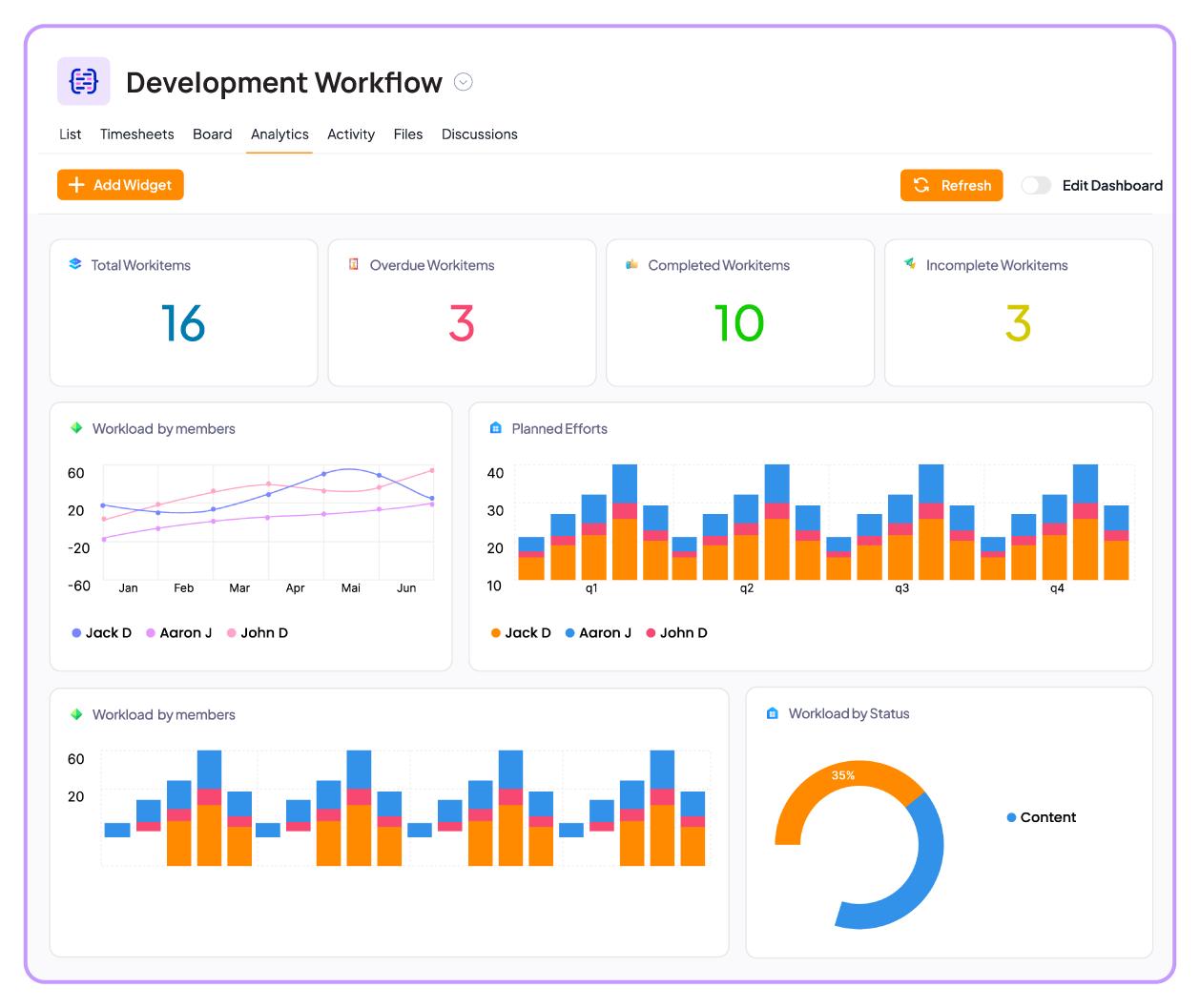
With features like analytics dashboards and sprint analysis, 5day.io lets you inspect team velocity, time trends, and progress after every sprint. If the data indicate an issue (say, an increase in lead time), use a root-cause analysis like the 5 Whys to fix it.
How can 5day.io help implement Agile project best practices?
Agile is about building smart habits that scale with your team. No matter what methodology you follow, Scrum, Kanban, or a hybrid approach, these best practices can help your team stay aligned, deliver, and adapt faster.
From visualizing work and limiting WIP to creating collaborative spaces and enforcing clear sprint goals, these practices exist to make Agile actually agile and not just for the sake of it.
If there’s one takeaway here, it’s this: discipline drives agility. When you commit to consistency, your team gains clarity, speed, and trust within teams and with your clients.
Plus, Agile maturity doesn’t mean rigidity. Instead, it means knowing when and how to evolve your process. As your team grows, your framework might shift, so embrace the change with 5day.io for successful project management. Centralize your project communications, minimize silos, and ensure clear messaging across teams.
Want to put these Agile best practices into action? 5day.io gives you everything you need, from sprint boards, analytics, and time tracking to client-ready reports.
How about giving 5day.io a try? All the premium features are available for 30 days at zero cost.
Frequently Asked Questions
Are there other methodologies for Agile Project Management?
Agile is an umbrella term, so besides Scrum and Kanban, you have lots of other frameworks. For example, lean emphasizes eliminating waste, and Feature-Driven Development (FDD) organizes work around building feature lists. Other methods like Extreme Programming (XP), DSDM, or the Crystal family also fit under Agile, each adding its own practices for planning and delivery.
When should a team switch from Scrum to Kanban (or vice versa)?
If your team struggles with fixed sprints or frequent scope changes, Kanban might give you the flexibility you need. Otherwise, if your workflow lacks structure or clear goals, Scrum can help bring rhythm and focus. It’s totally okay to evolve your framework. The key here is adapting a framework to how your team works.
What are the three C’s of Agile practice, and why do they matter?
The “three C’s” are Card, Conversation, and Confirmation. It’s a quick model for user stories: you write a requirement on a card, talk about it with the team (Conversation), and then confirm it’s done (Confirmation) with tests or acceptance criteria. This reminds Scrum or Kanban teams to note ideas, collaborate on details, and verify completion before moving on.
How should growing teams scale in Agile?
When one team isn’t enough, you scale up by coordinating multiple teams. A lightweight approach is Scrum-of-Scrums. In this approach, each team sends a rep to daily sync-ups, so everyone stays aligned.
People often adopt frameworks like the SAFe and Large-Scale Scrum (LeSS). These helps add project-level planning and roles in large organizations.
Which Agile practice is most popular?
Scrum is by far the most popular framework that applies Agile principles – around 9 in 10 teams use it. It’s known for its short sprints, roles, and ceremonies. Kanban is another common Agile method and is often used together with Scrum for flow.
Can Scrum and Kanban be used together?
Absolutely! Many teams mix the two. Often, teams use Scrum’s sprint structure and ceremonies for planning and reviews. On the other hand, Kanban is useful to track tasks with WIP limits. This way, you keep the rhythm of sprints while letting workflow smoothly between iterations.
